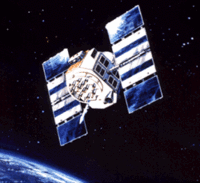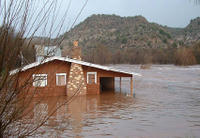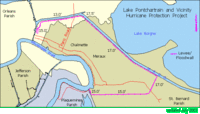4H Youth Learn Mapping Skills
 Young people in four North Dakota 4-H clubs are learning mapping skills and helping their communities using the latest Geographic Information Systems (GIS) and Global Positioning Systems (GPS) technology. The four 4-H groups received grants from California software maker Environmental Systems Research Institute this year. The 4-H clubs are using GIS and GPS to learn how geospatial technologies are used in agriculture and other industries. In addition to commercial uses, participants are also using GPS to identify and mark tourism points of interest, including historical points, unique local businesses, day-trip sites, walking and biking trails and birding sites. Others are locating and marking all of the rural cemeteries in the county and cooperating with community officials to list the names and information of individuals interred at these sites. They use the GIS programs to display the data collected in their projects and to make the information available for interested community members. Hopefully, programs like this will grow and encourage young people to consider a career in surveying/mapping.
Young people in four North Dakota 4-H clubs are learning mapping skills and helping their communities using the latest Geographic Information Systems (GIS) and Global Positioning Systems (GPS) technology. The four 4-H groups received grants from California software maker Environmental Systems Research Institute this year. The 4-H clubs are using GIS and GPS to learn how geospatial technologies are used in agriculture and other industries. In addition to commercial uses, participants are also using GPS to identify and mark tourism points of interest, including historical points, unique local businesses, day-trip sites, walking and biking trails and birding sites. Others are locating and marking all of the rural cemeteries in the county and cooperating with community officials to list the names and information of individuals interred at these sites. They use the GIS programs to display the data collected in their projects and to make the information available for interested community members. Hopefully, programs like this will grow and encourage young people to consider a career in surveying/mapping. Complete article from Farm & Ranch Guide.






















